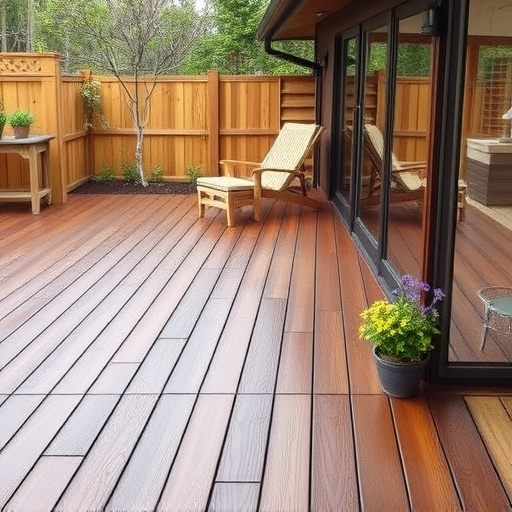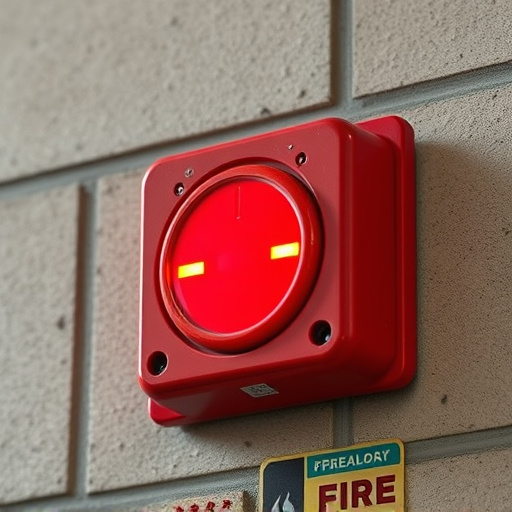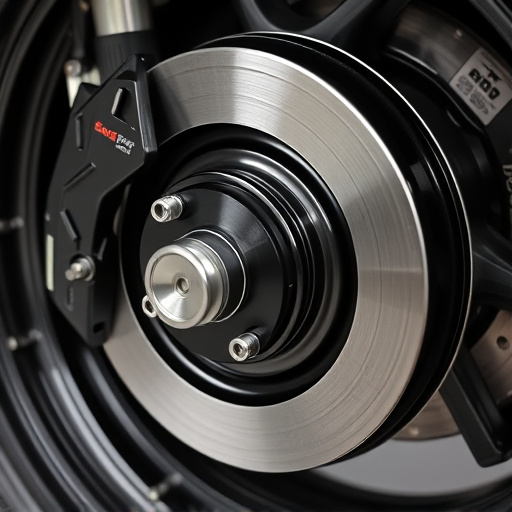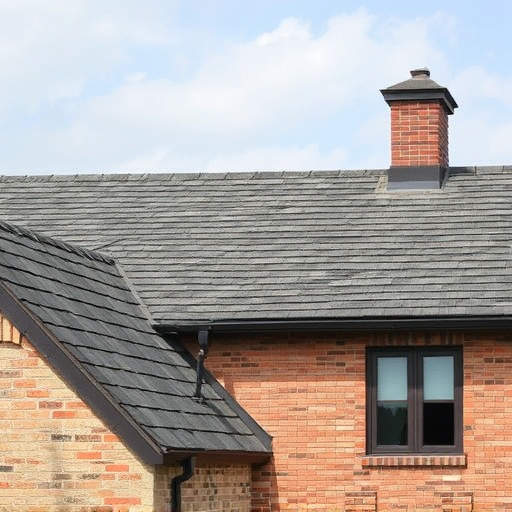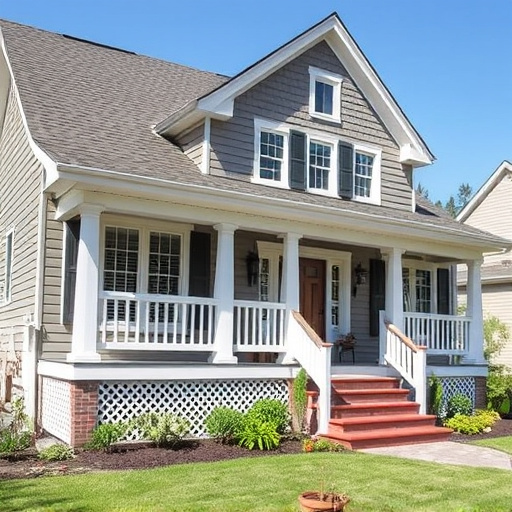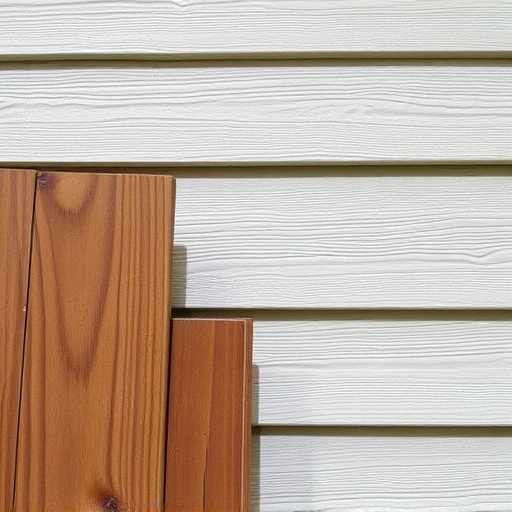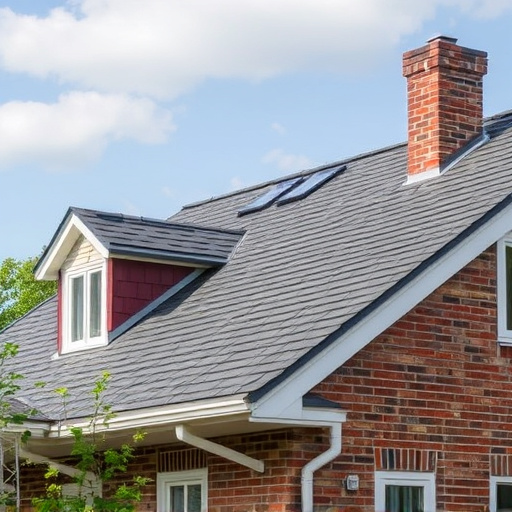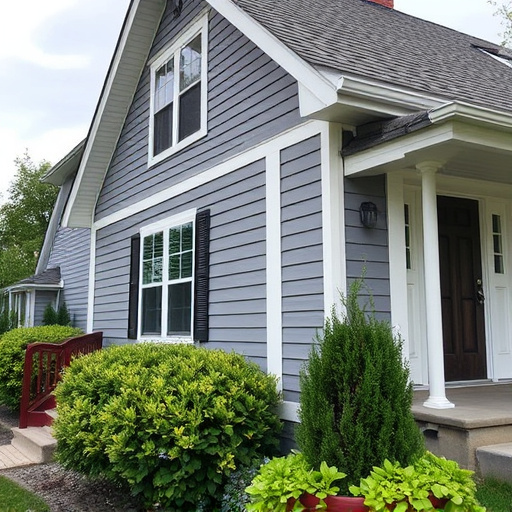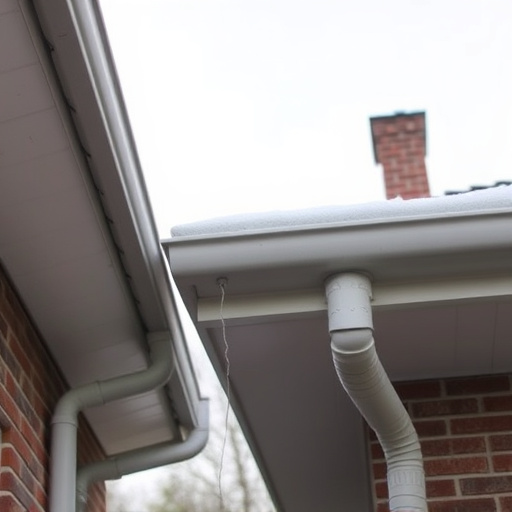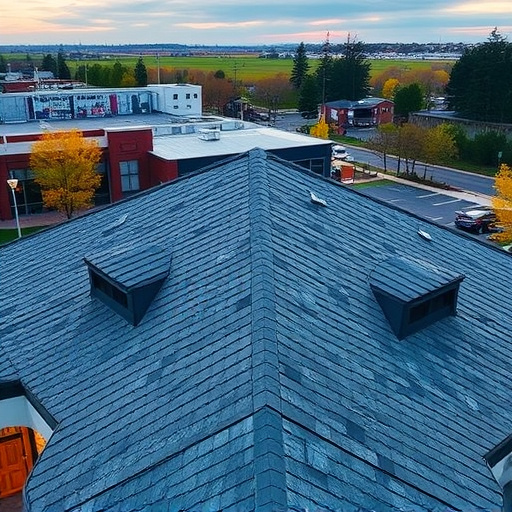Impact resistance is key when choosing siding materials for property protection against debris, extreme weather, and vehicle collisions. Advanced manufacturing techniques, stronger compounds, and thicker profiles enhance durability. Professional installation optimizes performance through precise measurements and proper sealing. While wood, vinyl, fiber cement, and steel sidings offer varying levels of aesthetics and maintenance, steel is a recommended investment due to its exceptional impact and temperature resistance with minimal upkeep.
Discover what makes certain siding materials superior in withstanding impact and protecting your home. In this comprehensive guide, we explore the critical factor of impact resistance in exterior cladding. First, we demystify impact resistance and its significance. Then, we highlight key features that distinguish high-impact-resistant options. Lastly, we compare popular siding choices to help you select the most durable option for your property. Learn how to safeguard your home from potential damage and enhance its longevity with the right siding materials.
- Understanding Impact Resistance in Siding Materials
- Key Features of High-Impact-Resistant Options
- Comparing Popular Siding Choices for Durability
Understanding Impact Resistance in Siding Materials
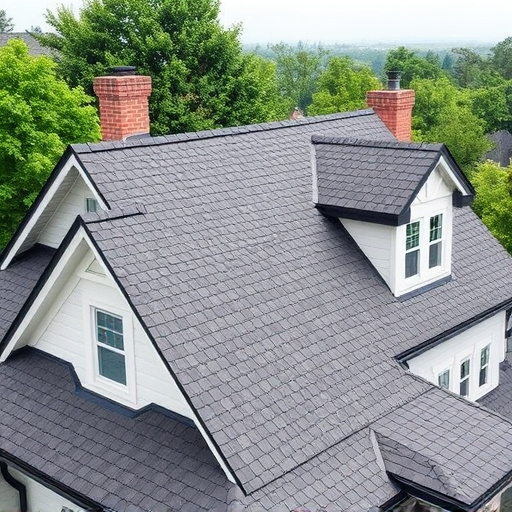
Impact resistance is a critical factor when considering siding materials for your home or building. It refers to a material’s ability to withstand and absorb energy from impact events, such as falling debris, extreme weather conditions, or even vehicle collisions. Understanding this characteristic is essential in ensuring the longevity and safety of your property.
When evaluating siding options, it’s not just about the initial strength but also how well the material can protect against sudden impacts. Some siding materials are designed with specialized features that enhance their impact resistance. These may include thicker gauges of metal, reinforced backing, or advanced polymer compositions that can deform and dissipate energy without breaking or shattering. This is particularly important for regions prone to natural disasters or areas with heavy traffic nearby, where the risk of impact damage is higher. Proper siding installation and regular maintenance further contribute to a structure’s overall resilience against such incidents, making it an integral part of any roofing consulting or siding replacement process.
Key Features of High-Impact-Resistant Options
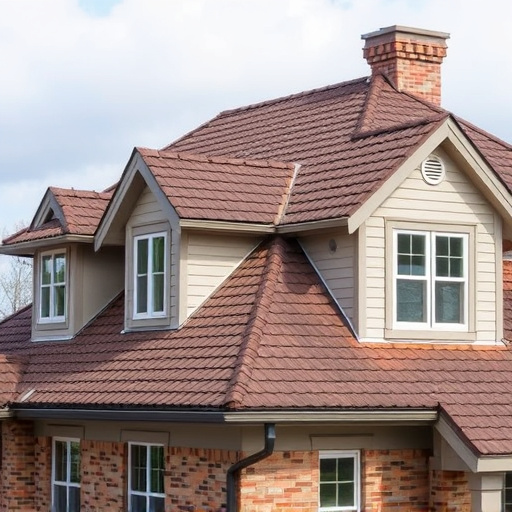
When it comes to choosing impact-resistant siding materials, several key features set the top options apart. First and foremost, these materials are designed to withstand significant force and debris impact, such as from falling branches or flying debris during severe weather events. This resilience is achieved through advanced manufacturing processes that incorporate stronger, more durable compounds and thicker profiles.
Additionally, high-impact-resistant siding often features specialized coatings and finishes that enhance its ability to resist cracking, peeling, and fading over time. These protective layers not only improve the aesthetic appeal but also seal in the core material’s integrity, ensuring it remains robust and secure against external elements. Moreover, professional siding installation and home service solutions can further optimize these materials’ performance by providing precise measurements, seamless fitting, and proper sealing, all of which contribute to a robust and long-lasting roofing and siding system.
Comparing Popular Siding Choices for Durability
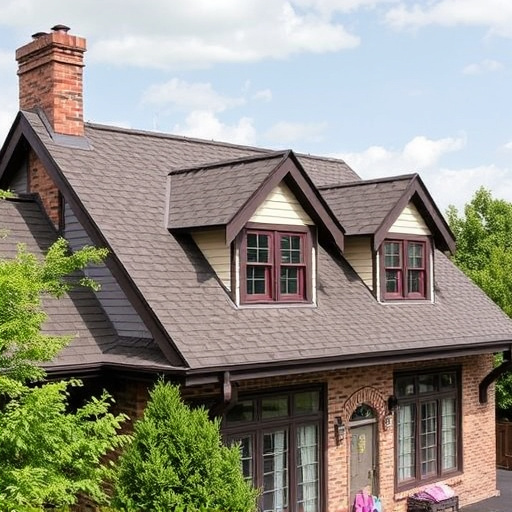
When comparing popular siding choices for durability, it’s clear that not all materials are created equal. Among the most common options—wood, vinyl, fiber cement, and steel—there are significant variations in impact resistance. Wood, though aesthetically pleasing, is vulnerable to damage from both weather events and pests, making it less durable over time. Vinyl siding, a popular choice for its low maintenance, offers some protection against impact but can crack or dent under heavy pressure.
On the other hand, fiber cement and steel sidings stand out as more robust options. Fiber cement, known for its versatility and resistance to rot and pests, can withstand high winds and impacts better than most materials. Professional siding services often recommend it for areas prone to harsh weather conditions. Similarly, steel siding is incredibly durable, capable of withstanding extreme temperatures and strong impacts without significant damage. While more expensive than other options, steel siding offers a long-lasting solution that requires minimal maintenance, making it a wise investment for roofing and siding projects.
When selecting siding materials, prioritizing impact resistance ensures your home’s exterior is protected against potential debris and extreme weather conditions. By understanding key features and comparing popular options, homeowners can make informed decisions. High-impact-resistant siding not only enhances curb appeal but also offers long-term durability, making it a smart investment for any property.
